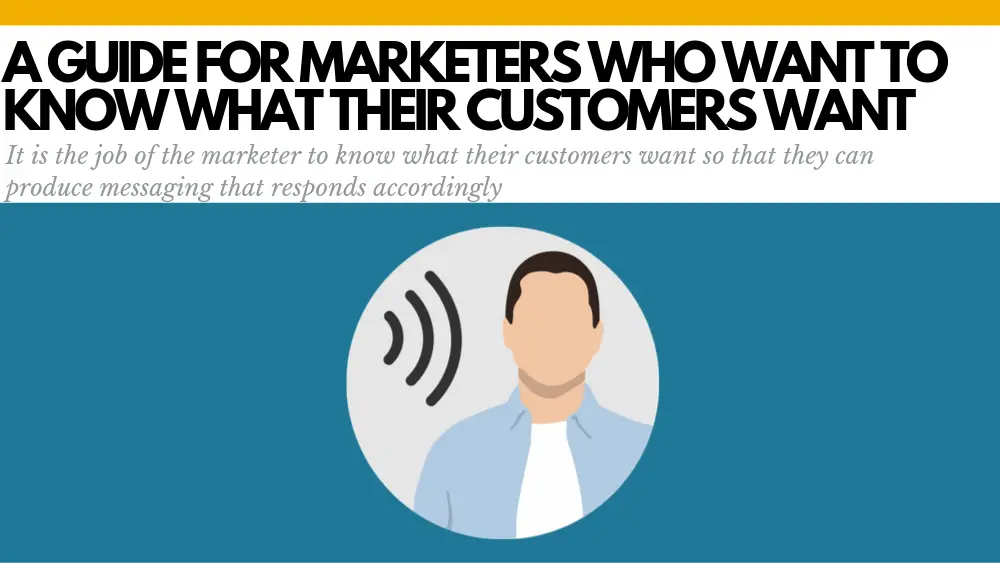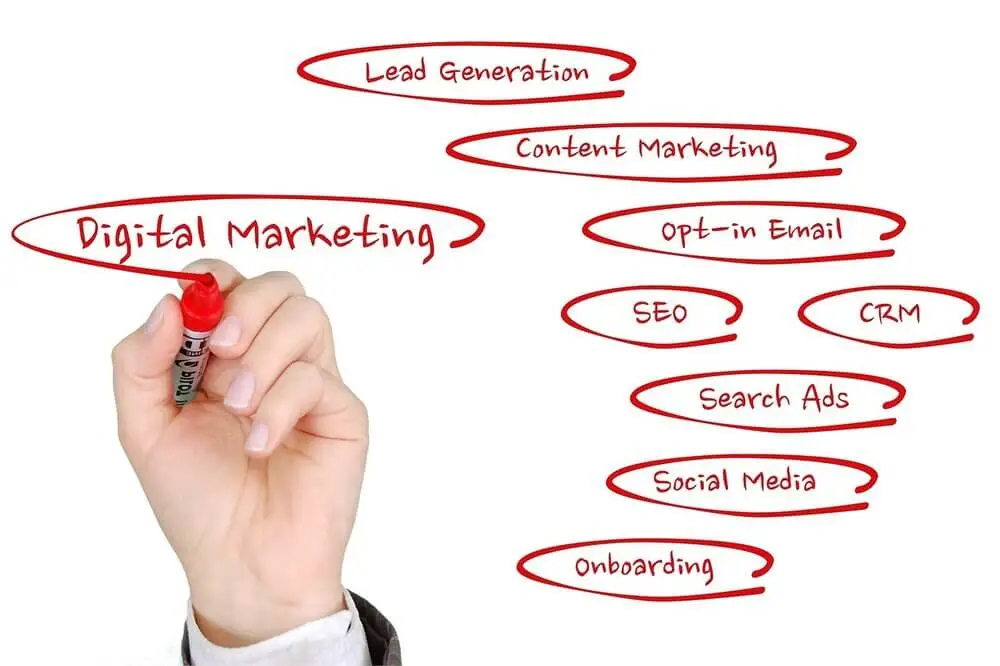Originally published October 14, 2019 , updated on September 6, 2024
It is the job of the digital marketer to know what their customers want. This way, they can produce messaging that responds accordingly. As marketing is not an exact science, sometimes marketing professionals don’t get it right the first time. They have to try a variety of campaign ideas before they hit on one which resonates well with their audience. Often, the marketing department spends quite a lot of money on these unsuccessful campaigns, which results in them being very unpopular with the finance department – as the return on investment is almost negligible.

The good news is that with the wide-spread recognition of digital marketing, marketers don’t have to spend thousands on billboards on the side of the highway without knowing if these are reaching the right market or not. Thanks to programs such as Google Analytics, marketers are now able to see how much traffic is coming to the company’s website. Also, they see where this traffic is coming from. It helps them optimise their campaigns and know which platforms bring in the most traffic.
However, without one fundamental skill no amount of fancy equipment or software will help marketers know what their customers truly want. This is the art of listening to their clients and understanding what they want.

What is listening?
The Merriam Webster Dictionary gives a number of definitions of the word ‘listening’:
- Pay attention to sound,
- Hear something with thoughtful attention or to give consideration, and
- To be alert to catch a familiar sound.
Listening is a superficial activity. It’s all about merely acknowledging the sounds that a person’s ear picks up and our brain does nothing with it further. A case in point is that 50% of adults couldn’t detail what a 10-minute oral presentation was all about just moments after they heard it. These subjects were questions 48 hours after hearing the talk and 75% of the listeners couldn’t even recall the topic of the entire discussion.
As we mentioned in the first paragraph, as digital marketers we need to develop messaging surrounding our brands, products and/or services. It should respond to audiences that our offerings are aimed at. This becomes ever-the-more-difficult if we are not taking the information that we are getting from our customers. We should also translate this into actionable insights that will improve our marketing efforts.
Active Listening in The Context of Marketing for Digital Marketers
Life coaches and psychologists use a technique called active listening. According to Skills You Need:
“Active listening means, as its name suggests, actively listening. That is fully concentrating on what is being said rather than just passively ‘hearing’ the message of the speaker. Active listening involves listening with all senses. As well as giving full attention to the speaker, it is crucial that the ‘active listener’ is also ‘seen’ to be listening – otherwise the speaker may conclude that what they are talking about is uninteresting to the listener.”
Active listening is about hearing and understanding what a person says. Therefore, the listener can act on the information that he or she has heard. This skill is vital for marketers to have because they need to take the information that they hear from their customers and translate this well into the campaigns that they put together.

However, active listening in marketing may not be the same as in a face-to-face conversation. The traditional definition of active listening does hold in circumstances such as focus groups and other instances of verbal customer feedback. Sometimes a marketer will need to monitor their customers’ behaviour so that they can draw insights from it.
For example, say that a company is getting a lot of visitors on their website. But, not many of these customers are purchasing from the organisation. The marketer needs to actively listen to this behaviour and see what it is telling them. Insights that could be drawn from this behaviour is that perhaps the copy on the product pages needs to be redone. It can be more descriptive, or the check-out button needs to be made more visible on the website’s home page. The digital marketers can then take these learnings and implement them to see which one will help to increase sales.
Digital Marketers Should Develop a Thinking Environment
Nancy Kline, in her book called A Time to Think, developed an active listening best practice. She says that for active listening to take place properly, a ‘thinking environment’ needs to be developed. In this kind of environment, there is a listener and a speaker. It is the listener’s job to give their undivided attention to the speaker. They can’t interrupt the speaker’s train of thought. Only if the speaker remains quiet for a protracted period, the listener is allowed to say “Tell me more”. The reason why the listener doesn’t have permission to say anything is that this interjection will disrupt the speaker’s train of thought. They will forget what they are trying to work out.

Emily Havers conducted a study which tested how effective participants felt this methodology was. She found that:
“It was apparent that the Thinking Environment behaviours were considered significantly different from the behaviours that manifest in ‘standard’ business meetings. 95% of interviewees contrasted at least one characteristic of a Thinking Environment meeting with a regular business meeting. The most common attributes of regular business meetings highlighted.”
The skill of active listening is invaluable for digital marketers. It helps them dig deeper into what the customers are telling them. Armed with this information, marketers can make very definite moves about how to put this information into practice and benefit the business.
Post Views: 805


















